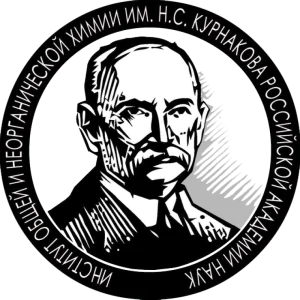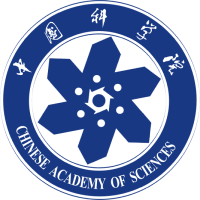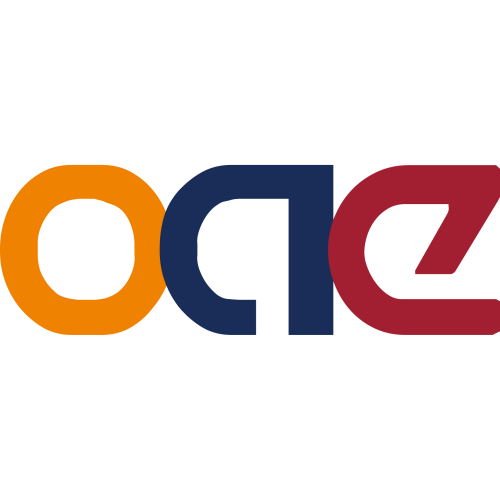Antiperovskite Electrolytes for Solid-State Batteries
Wei Xia
1, 2
,
Yang Zhao
1
,
Feipeng Zhao
1
,
Keegan Adair
1
,
Ruo Zhao
2
,
Shuai Li
2
,
Yusheng Zhao
3
,
Yusheng Zhao
2
,
Xueliang Andy Sun
1
Publication type: Journal Article
Publication date: 2022-01-11
scimago Q1
wos Q1
SJR: 16.455
CiteScore: 100.5
Impact factor: 55.8
ISSN: 00092665, 15206890
PubMed ID:
35015520
General Chemistry
Abstract
Solid-state batteries have fascinated the research community over the past decade, largely due to their improved safety properties and potential for high-energy density. Searching for fast ion conductors with sufficient electrochemical and chemical stabilities is at the heart of solid-state battery research and applications. Recently, significant progress has been made in solid-state electrolyte development. Sulfide-, oxide-, and halide-based electrolytes have been able to achieve high ionic conductivities of more than 10-3 S/cm at room temperature, which are comparable to liquid-based electrolytes. However, their stability toward Li metal anodes poses significant challenges for these electrolytes. The existence of non-Li cations that can be reduced by Li metal in these electrolytes hinders the application of Li anode and therefore poses an obstacle toward achieving high-energy density. The finding of antiperovskites as ionic conductors in recent years has demonstrated a new and exciting solution. These materials, mainly constructed from Li (or Na), O, and Cl (or Br), are lightweight and electrochemically stable toward metallic Li and possess promising ionic conductivity. Because of the structural flexibility and tunability, antiperovskite electrolytes are excellent candidates for solid-state battery applications, and researchers are still exploring the relationship between their structure and ion diffusion behavior. Herein, the recent progress of antiperovskites for solid-state batteries is reviewed, and the strategies to tune the ionic conductivity by structural manipulation are summarized. Major challenges and future directions are discussed to facilitate the development of antiperovskite-based solid-state batteries.
Found
Nothing found, try to update filter.
Found
Nothing found, try to update filter.
Top-30
Journals
|
2
4
6
8
10
12
|
|
|
Advanced Energy Materials
12 publications, 5.31%
|
|
|
Advanced Materials
9 publications, 3.98%
|
|
|
Journal of Physical Chemistry C
7 publications, 3.1%
|
|
|
Advanced Functional Materials
7 publications, 3.1%
|
|
|
ACS applied materials & interfaces
7 publications, 3.1%
|
|
|
Journal of Materials Chemistry A
7 publications, 3.1%
|
|
|
Energy Storage Materials
7 publications, 3.1%
|
|
|
Small
5 publications, 2.21%
|
|
|
ACS Applied Energy Materials
5 publications, 2.21%
|
|
|
Journal of the American Chemical Society
5 publications, 2.21%
|
|
|
Chemistry of Materials
4 publications, 1.77%
|
|
|
Energy and Environmental Science
4 publications, 1.77%
|
|
|
Progress in Materials Science
4 publications, 1.77%
|
|
|
Journal of Energy Storage
4 publications, 1.77%
|
|
|
Nano Energy
4 publications, 1.77%
|
|
|
Ionics
4 publications, 1.77%
|
|
|
Journal of Solid State Electrochemistry
3 publications, 1.33%
|
|
|
Batteries
3 publications, 1.33%
|
|
|
Journal of Energy Chemistry
3 publications, 1.33%
|
|
|
Batteries & Supercaps
3 publications, 1.33%
|
|
|
RSC Advances
3 publications, 1.33%
|
|
|
Advanced Science
3 publications, 1.33%
|
|
|
Journal of Colloid and Interface Science
3 publications, 1.33%
|
|
|
Chinese Chemical Letters
3 publications, 1.33%
|
|
|
Angewandte Chemie
3 publications, 1.33%
|
|
|
Angewandte Chemie - International Edition
3 publications, 1.33%
|
|
|
Journal of Power Sources
3 publications, 1.33%
|
|
|
Materials Horizons
2 publications, 0.88%
|
|
|
Jiegou Huaxue
2 publications, 0.88%
|
|
|
2
4
6
8
10
12
|
Publishers
|
10
20
30
40
50
60
70
|
|
|
Elsevier
66 publications, 29.2%
|
|
|
Wiley
62 publications, 27.43%
|
|
|
American Chemical Society (ACS)
40 publications, 17.7%
|
|
|
Royal Society of Chemistry (RSC)
23 publications, 10.18%
|
|
|
Springer Nature
14 publications, 6.19%
|
|
|
MDPI
6 publications, 2.65%
|
|
|
Chinese Academy of Sciences
2 publications, 0.88%
|
|
|
IOP Publishing
2 publications, 0.88%
|
|
|
AIP Publishing
2 publications, 0.88%
|
|
|
The Electrochemical Society
1 publication, 0.44%
|
|
|
Frontiers Media S.A.
1 publication, 0.44%
|
|
|
American Association for the Advancement of Science (AAAS)
1 publication, 0.44%
|
|
|
Walter de Gruyter
1 publication, 0.44%
|
|
|
Autonomous Non-profit Organization Editorial Board of the journal Uspekhi Khimii
1 publication, 0.44%
|
|
|
OAE Publishing Inc.
1 publication, 0.44%
|
|
|
World Scientific
1 publication, 0.44%
|
|
|
Pleiades Publishing
1 publication, 0.44%
|
|
|
10
20
30
40
50
60
70
|
- We do not take into account publications without a DOI.
- Statistics recalculated weekly.
Are you a researcher?
Create a profile to get free access to personal recommendations for colleagues and new articles.
Metrics
226
Total citations:
226
Citations from 2024:
145
(64.16%)
Cite this
GOST |
RIS |
BibTex |
MLA
Cite this
GOST
Copy
Xia W. et al. Antiperovskite Electrolytes for Solid-State Batteries // Chemical Reviews. 2022. Vol. 122. No. 3. pp. 3763-3819.
GOST all authors (up to 50)
Copy
Xia W., Zhao Y., Zhao F., Adair K., Zhao R., Li S., Zhao Y., Zhao Y., Sun X. A. Antiperovskite Electrolytes for Solid-State Batteries // Chemical Reviews. 2022. Vol. 122. No. 3. pp. 3763-3819.
Cite this
RIS
Copy
TY - JOUR
DO - 10.1021/acs.chemrev.1c00594
UR - https://doi.org/10.1021/acs.chemrev.1c00594
TI - Antiperovskite Electrolytes for Solid-State Batteries
T2 - Chemical Reviews
AU - Xia, Wei
AU - Zhao, Yang
AU - Zhao, Feipeng
AU - Adair, Keegan
AU - Zhao, Ruo
AU - Li, Shuai
AU - Zhao, Yusheng
AU - Zhao, Yusheng
AU - Sun, Xueliang Andy
PY - 2022
DA - 2022/01/11
PB - American Chemical Society (ACS)
SP - 3763-3819
IS - 3
VL - 122
PMID - 35015520
SN - 0009-2665
SN - 1520-6890
ER -
Cite this
BibTex (up to 50 authors)
Copy
@article{2022_Xia,
author = {Wei Xia and Yang Zhao and Feipeng Zhao and Keegan Adair and Ruo Zhao and Shuai Li and Yusheng Zhao and Yusheng Zhao and Xueliang Andy Sun},
title = {Antiperovskite Electrolytes for Solid-State Batteries},
journal = {Chemical Reviews},
year = {2022},
volume = {122},
publisher = {American Chemical Society (ACS)},
month = {jan},
url = {https://doi.org/10.1021/acs.chemrev.1c00594},
number = {3},
pages = {3763--3819},
doi = {10.1021/acs.chemrev.1c00594}
}
Cite this
MLA
Copy
Xia, Wei, et al. “Antiperovskite Electrolytes for Solid-State Batteries.” Chemical Reviews, vol. 122, no. 3, Jan. 2022, pp. 3763-3819. https://doi.org/10.1021/acs.chemrev.1c00594.






















